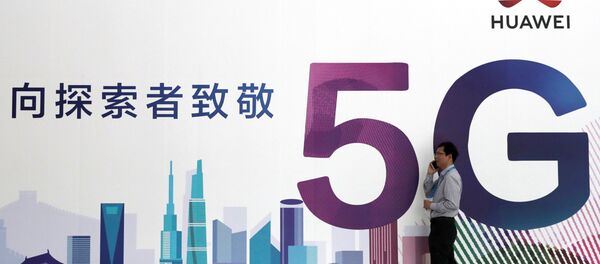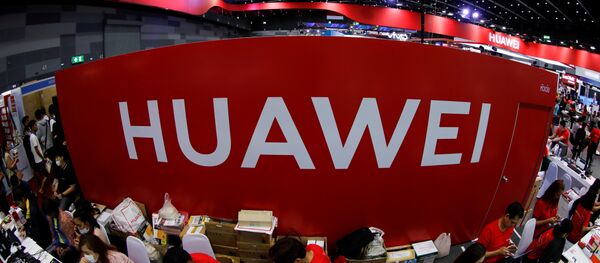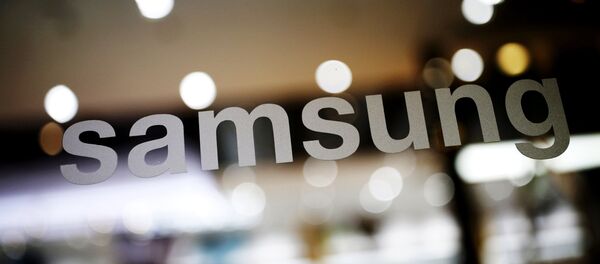As US President Donald Trump’s administration has been waging its broadside campaign against Huawei Technologies, spending months prodding allies to block Huawei from participating in the construction of 5G phone networks and having limited success, it may have hit upon a particularly potent tool to bolster its efforts, writes the South China Morning Post.
In the period since Trump issued an executive order on 15 May effectively banning Huawei from the US market for purportedly posing a national security risk and subsequently restricting the Chinese tech giant’s access to Google’s Android operating system, Huawei’s smartphone business appears to be losing ground in a critical growth market –Europe.
Consumers fear that Huawei phones will quickly become out of date, since they cannot be guaranteed that Huawei phones, which run on Android, will have access to key apps and security patches after 19 August, when a 90-day grace period under the US export order ends.
This has resulted in demand for Huawei devices “dropping off a cliff,” according to Ben Stanton, a UK-based analyst at Canalys.
The analyst cited discussions with phone carriers, retailers and distributors:
“That is rooted in this fear that the device may lose features, be insecure, lose support or even lose tangible value.”
Sales of the Chinese company’s premium smartphones in France plummeted by about one-fifth in the week after the US blacklisted the company, according to a telecom industry representative who chose not to disclose his name.
UK phone carriers have cut Huawei’s flagship Mate 20 X 5G handset out of their launches, while a growing number of consumers have been trading in their Huawei phones.
Huawei has been attempting to allay fears, claiming it has a Plan B to switch to its own new operating system, which is under development, should the US restrictions remain in place.
Europe has been one of Huawei’s fastest-growing markets, representing about one fifth of the company's global smartphone shipments, having roughly doubled as a proportion of total shipments over the last four years, according to data and estimates offered by Canalys.
The Chinese tech giant sells about half its smartphones in China, yet sales in the home country have levelled off.
This has driven the company to boost its smartphone business abroad; these sales account for the largest share of its revenue.
With the US off-limits, consumers in Europe, the Middle East and Africa are increasingly important for Huawei’s growth, Ovum analyst Daniel Gleeson said in a note last month to clients.
As the Chinese tech giant has been reeling from a US crackdown, with its smartphone business the greatest casualty of the ongoing clash with the US, what is one’s loss is another’s gain, as two of Huawei’s biggest rivals, Samsung and Apple, are gaining the upper hand.
Huawei first burst into the smartphone market in Asia with mid-range phones featuring impressive cameras and large displays at lower prices than rivals Apple and Samsung.
The company has subsequently started producing higher-end products at home and for Western consumers.
On 15 May, Donald Trump issued an executive order effectively banning Huawei from the US market for purportedly posing a national security risk.
Huawei has recently been fending off allegations that the company is linked to the Chinese government and has spied on its behalf.
Although both Huawei and the Chinese government have firmly denied these claims, several other countries, such as Australia, Japan and New Zealand have banned Huawei from participating in government contracts.
Following the Huawei blacklisting, major US tech giants such as Google and Microsoft severed ties with the Chinese company.





